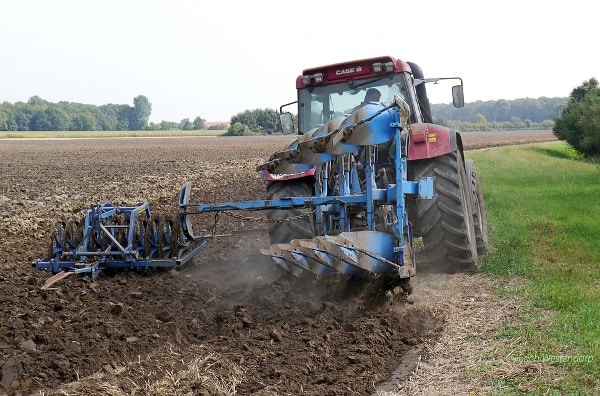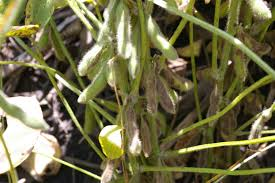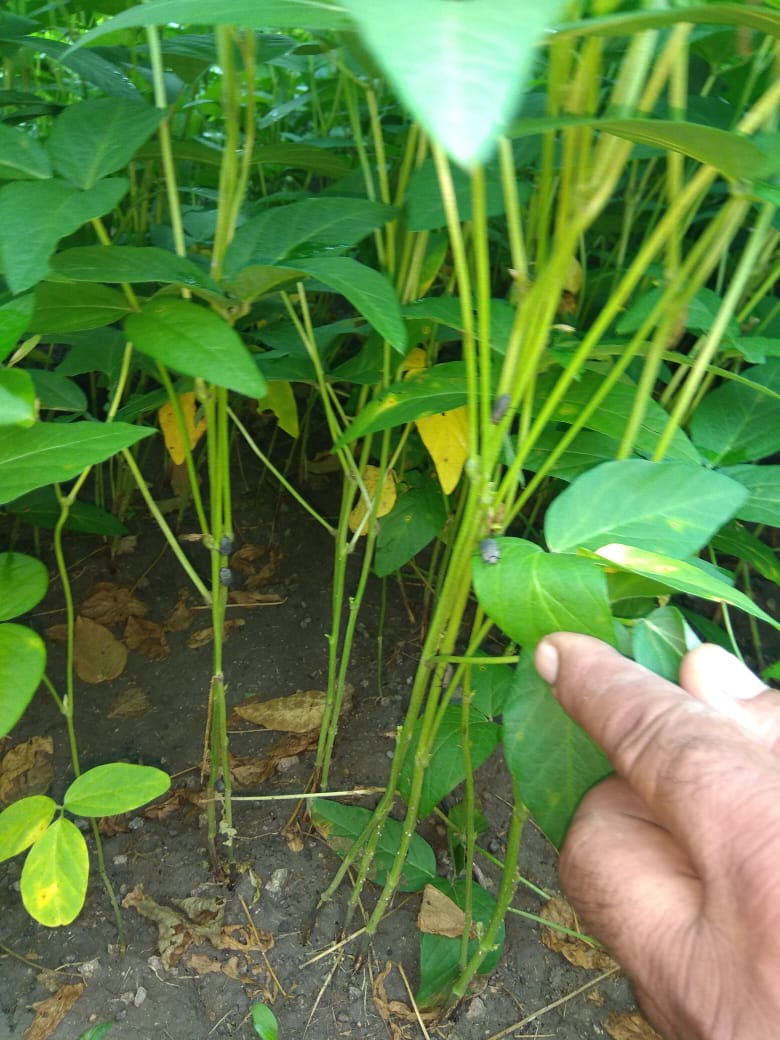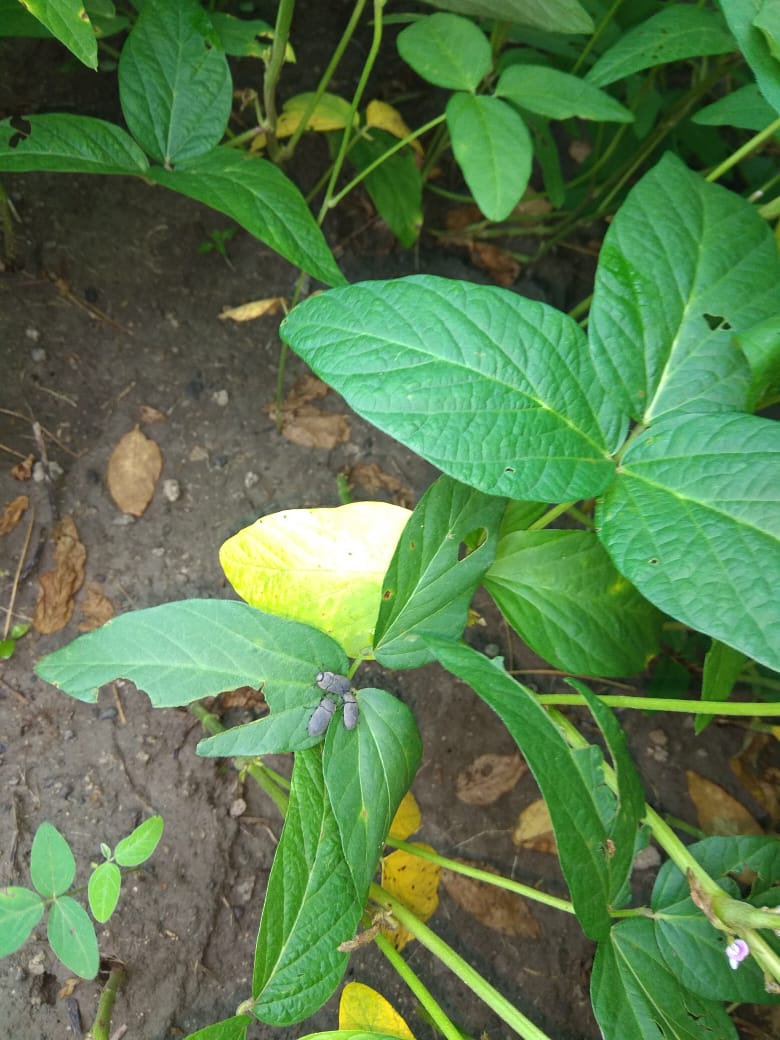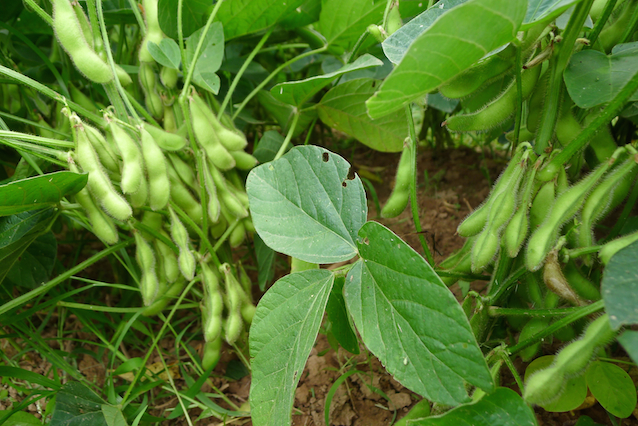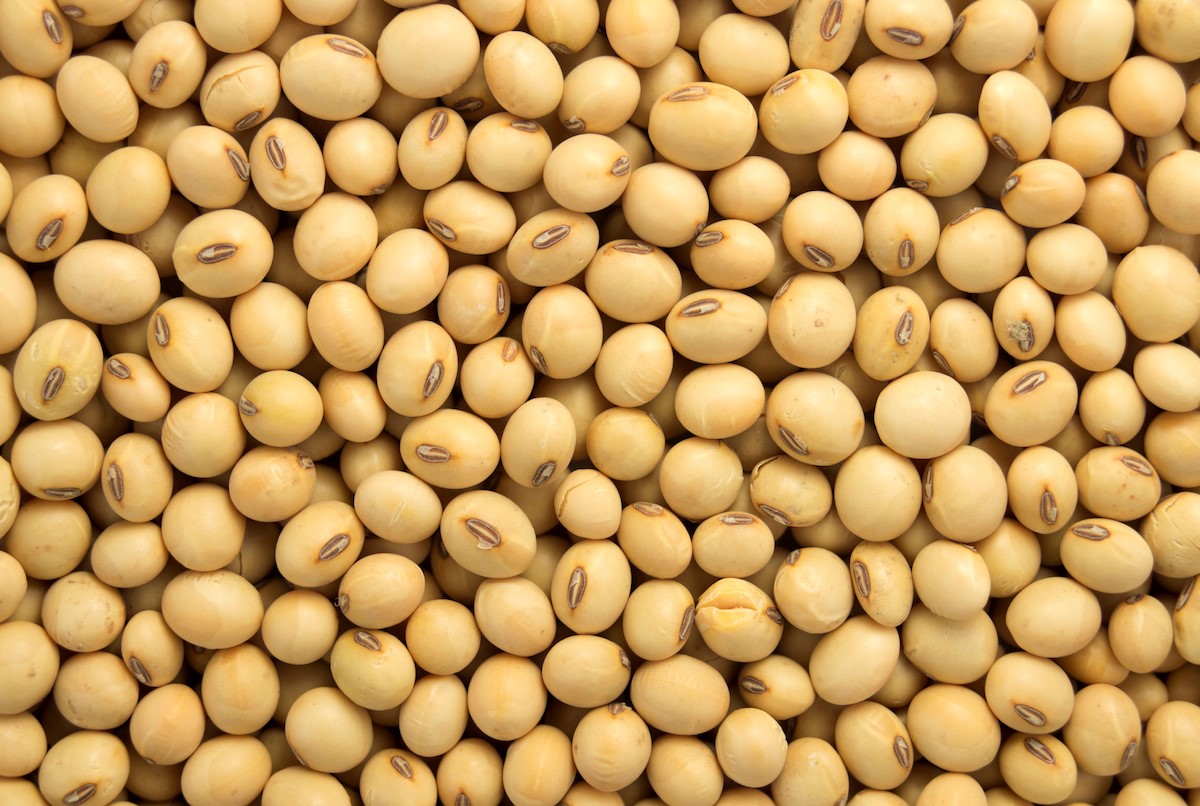- Soya Samriddhi Kit plays an important role in increasing soybean yield.
- Soya Samriddhi Kit contains organic products like Trichoderma viride, Potash and Phosphorus bacteria, Rhizobium bacteria, Humic acid, Amino acids, Seaweed, and Mycorrhiza.
- Trichoderma viride present in this kit is capable of preventing the most harmful fungi found in soil. It is used for 4 grams per kg of seed treatment and 2 kg per acre of soil treatment.
- The second product of this kit is a mixture of two different microorganisms which increases the availability of potash and phosphorus in the soybean crop and also helps in production growth. It is used in the soil at a rate of 2 kg per acre.
- The third product of this kit contains Rhizobium bacteria which develops legumes in soybean roots, nitrogen fixation from the atmosphere, and available to the crop. This 5 gram per kg seed is used for seed treatment and 1 kg per acre is used.
- The last product of this kit contains humic acid, amino acids, seaweed extract, and mycorrhiza ingredients. It is used in soil @ 2 kg per acre.
- 7 kg of Soya Samriddhi Kit (which includes all the above organic products) should be mixed with 4 tons FYM at the time of the last plowing or before sowing @ one acre so that the crop gets its full benefit.
How to prepare the field for sowing Soybean Crop
- Preparation of the field should start with a deep plowing, after that, 2-3 plowing harrows or with the help of a soil turning plow, soak the soil so that the water holding capacity of the soil is increased and seed germination can also be done well.
- In May and June, the sunlight falls directly on the ground and the temperature is high, due to destroyed weeds, their seeds, harmful pests, and their eggs, pupa as well as the spores of the fungi present in the soil on deep plowing.
- At the time of final plowing, mix 7 kg Soya Samriddhi kit issued by Gramophone in 4 tons FYM and level the field by running a pot.
- There should be moisture in the soil while using this kit.
How to control Anthracnose or Pod Blight in Soybean crop
- Healthy seed should be selected for sowing.
- The seed should be treated with Thiram+Carboxin @ 2 g/kg of seed before sowing.
- Continuous sowing in the same plot should be avoided.
- Spray the crop with Carbendazim 12% +Mancozeb 63% WP@ 400 Gm/Acre at 10-15 days intervals, first spray be given on the appearance of symptoms.
- In Several Attack, spray the crop with Tebuconazole 25.9% EC @ 200 ml/Acre.
Like and share with other farmers by clicking on button below.
ShareSymptoms of Anthracnose or Pod Blight in Soybean crop
- Soybeans are susceptible to infection at all stages of development. Plants and seeds may be infected.
- If the infected seed is planted, early disease development may result in damping-off (seed or seedling rot causing plant death). Dark brown lesions develop on cotyledons, the stem may collapse, and seedlings may die under severe infection.
- Most commonly, however, plants become infected during bloom and pod fill (reproductive stages) due to spores spread from infected plant residue.
- Symptoms appear on stems, pods, and leaf petioles as irregularly-shaped brown blotches.
- Severe symptoms may include leaf rolling, premature defoliation, and stunted plants. Pods may be shriveled and contain less seed, moldy seed, or no seed
- In some cases, pods can be diseased, and the seed may be infected but without symptoms in the seed.
Like and share with other farmers by clicking on the button below.
ShareHow to Control false wireworm in soybean
To control this pest spray one of these pesticides.
- Lambda Cyhalothrin 5% EC @ 300 ml/acre.
- Chlorantraniliprole 9.3% + Lambda Cyhalothrin 4.6% ZC @ 100-150ml/acre
- Spinosad 45% SC @ 80-100 ml/acre.
Like and share with other farmers by clicking on the button below.
ShareFalse wireworm (Gonocephalum) damage symptoms in soybean
- Larvae of Gonocephalum are attracted to germinating seeds. The larvae damage the seeds and the developing roots and shoots. Larvae scrape away at least part of the seed coat and feed on the kernel and cotyledons.
- Adult Gonocephalum destroy emerging seedlings by feeding on the cotyledon leaves, or on the growing tip, or by ‘ring barking’ the stem at ground level.
- Adult Gonocephalum are active on the soil surface, and tend to damage dicotyledonous crops more severely than monocots.
- This insect eats newly developed seeds in soybean pods and cuts the pods.
Like and share with other farmers by clicking on the button below.
ShareHow to avoid adverse weather conditions in Soybean
- In the current scenario, due to lack of rainfall or poor rains, creating a problem for newly germinated crops like soybean maize, etc.
- Because of this growth of the crop will be affected and reduce the yield.
Symptoms
- In the afternoon, Crop will look like unhealthy, the leaves will be dull and turning also observed. In the morning and evening plant look healthy
Prevention:-
- If possible give light irrigation.
- Spray Hoshi 250 ml/acre Or Rootz 98 @ 100 gm/acre.
- If necessary, you can use Profenophos and Lambda-Cyhalothrin for insect control.
Like and share with other farmers by clicking on the button below
ShareIrrigation schedule of soybean:
- Water is the life of the plant and must be supplied in proper quantity. Most of the water in the soybean crop is supplied by rainwater and the rest is supplied by irrigation.
- Normally soybean needs 3 – 4 irrigation.
- The first irrigation should be done at the time of sowing or germination stage (Sprouting stage).
- The second irrigation requirement should be done during flowering and the third irrigation should be done during pod formation (Flowering stage & Pod filling stage).
- The final irrigation is important when making grain in pods (Grain development stage). Irrigation is more important during making pods and grain development in pods, if there is no water at that time then the production can decrease.
Like and share with other farmers by clicking on button below.
ShareWeed management of Soybean
- Weeds are a major problem in soybean production. We can use any one of the following weedicides as the solution of weeds.
- Pre Emergence:-
- Imazethapyr 2% + Pendimethalin 30% @ 1 li./2 Bigha. OR
- Diclosulam 84 WDG @ 1 pouch(12.7g)/2 Bigha.
- Post Emergence :- 15-20 DAS spray
- Fomesafen 11.1% + Fluazifop-P-Butyl 11.1% SL @ 1 li for 6 bigha. OR
- Chlorimuron Ethyl 25%WG @ 15 g/acre. OR
- Sodium acifluorfen 16% + Clodinafop propargail 8% EC @ 400 g/acre. OR
- Imizathapyr 10 %SL @ 1 ltr/hectare should be sprayed. For More Information, Please call on toll free no. 1800-315-7566.
Like and share with other farmers by clicking on button below
ShareImproved Variety of Soybean :- NRC-7
Duration medium, 90-99 day
100 grains weighing 13 grams
It has finite growth so easy for harvesting.
Resistant to shattering of beans.
This variety has purple flowers.
Tolerant with girdle beetles and stem Fly.
Yield 10-12 q/acre.
Like and share with other farmers by clicking on the button below.
Share

